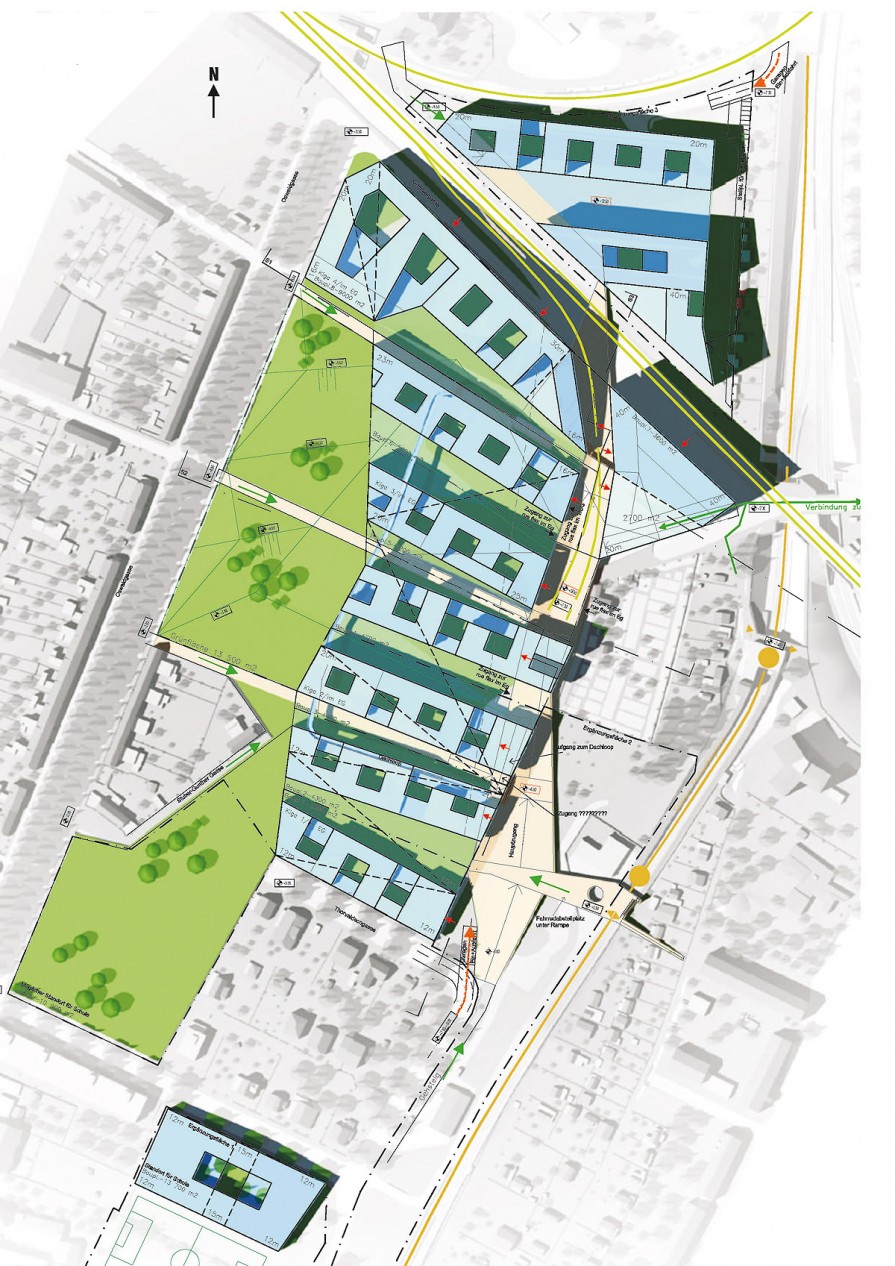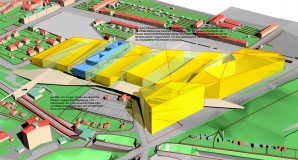bel-m
PROJECT CITY
The city has to be reactivated as a project which is able to carry on the social agenda within a globalized world economy, which is precisely what is lacking in society.
It is necessary to create places that operate as active processors within the urban fabric and have the power to assume cultural, economic and social functions and feed their energies into the city’s network.
HYBRID CITY SPACES
For this purpose, movable structures with numerous innovative interventions are needed, strongly mixed, without strictly defined functions and related to other, more or less distant parts of the city.
Such structures are suited to mitigate crisis phenomena and to develop short-term strategies in order to achieve positive societal policy effects.
REFLEXIVE PROCESS
The plan for new urban development projects is just the thrust of the project. It is an impulse. However, the project’s sponsor is a strategy of attention and reflection. From this, the plan again gets nourished.
It is only in such a reflexive process, which extends beyond the period of materially getting manufactured, that it is possible to create a habitat in the sense of the city and the social actors – work on the city, in a persistent and hard-headed way.
LOCATION – POTENTIAL
The location, size and connection of the site call for an active district, which is in a changing relationship with the wider and narrower environment.
There are several reasons for considering this urban development not only from the point of view of a local operation and a closure of the existing breaks in the urban texture.
To begin with, the 15 acres industrial estate is largely a terra incognita. Encapsulated and cocooned, it is to be initialized as an urban space and carries, as it were, an act in itself. Because of its freshness and size it is suitable for an urban development intervention which covers more than just the local needs.
Docked to subway line 6, one of the few high-performance public transport vehicles that does not follow a road, the accessibility of the terrain is not to be measured with a scale, but with a time-measuring device.
Via this subway line the inhabitants of other parts of the city, like Wiener Flur, In der Wiesen, Perfektastraße, Alt Erlaa, Schöpfwerk and Meidlinger Hauptstraße, move into the immediate neighborhood. We therefore have to reckon with a larger “clientele”. Services in the widest sense, which would be oversized under other circumstances for this scale, have the necessary urban audience here.
This means that the new urban space is also to become a kind of destination point for the surrounding urban region, to take on a kind of specialized (sub-)center function and to offer services that must be taken from far away or have to be provided at remote outskirts of the city.
This means also that the project communicates with apparently more remote locations. It can only be successful if, as an active urban quarter, it has the power to assume cultural, economic and social functions in order to enter into a changing relationship with the city.
Client: City of Vienna, represented by MA 21B
Location: Area of former Kabel und Draht AG, 1120 Vienna
Programme: 750 – 950 residential units, primary school, daycare center on an area of approx. 63,000 sq.m.
Planning period: 1998

